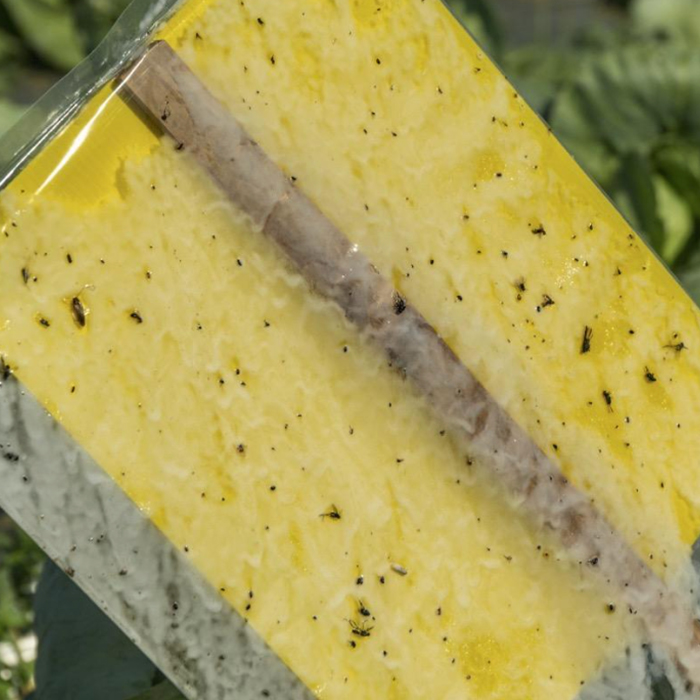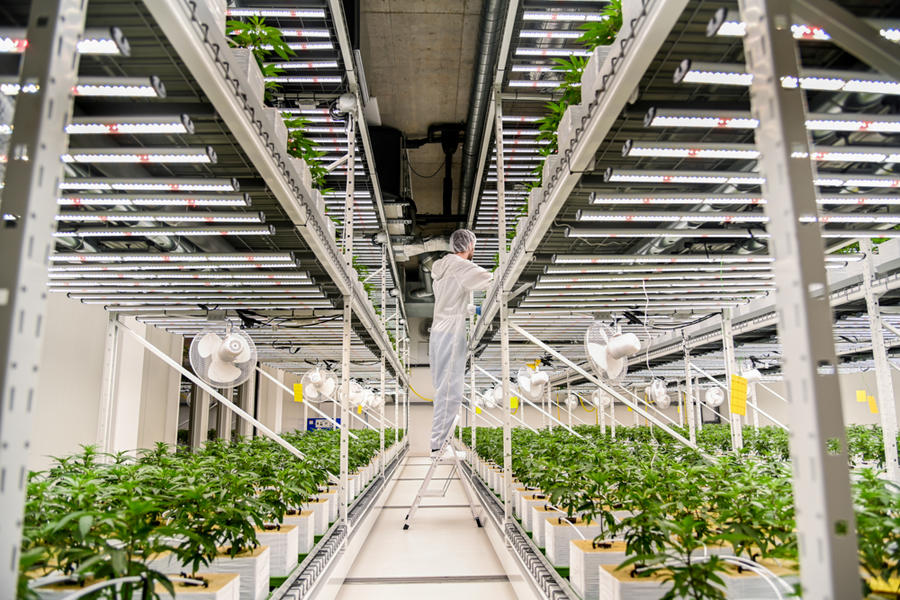Debug Your Integrated Pest Management Strategy for Vertical Farming
Insights on vertical farming

The Fundamentals of Integrated Pest Management
-
Many traditional outdoor farms adopt a “spray and pray” philosophy when it comes to pesticides. They might employ basic preventive measures, but in the end, they rely mostly on chemicals to keep pathogens, weeds, bugs, fungus, and rodents at bay.
-
But a 21st-century indoor farm needs more than toxins and scarecrows to grow reliable crops cycle after cycle. The US Environmental Protection Agency outlined three simple pillars on which all strong IPM plans are built:
-
- Inspecting your crops for early signs of a pest problem.
- Monitoring the situation at regular intervals.
- Reporting your findings with transparency.
-
These principles, however, are not complete without careful attention placed on action. When you inspect your plants, for example, how are you identifying the creatures you find? The presence of a few gnats does not make an infestation, and many creatures accidentally introduced to your vertical farm are harmless and do not require an IPM response. The question is whether your team is trained to know the difference.
-
Depending on the kind of pests, you may employ different response tactics. It’s all about understanding the biology and reproductive patterns of the critters indigenous to your immediate environment, analyzing the threat they pose in the moment, and responding adequately when they cross the IPM thresholds you’ve written in stone.

IPM Deployment: What Methods to Consider
What active steps can vertical farms employ both as standard operating procedure and in direct response?
Sanitation
In an indoor farming environment, the four walls of your facility will do much to keep pests out, but they are by no means foolproof. Things as small as an unsecured dumpster or an unclean employee cafeteria can attract pests and expose your crops. Employees can even carry the seeds of a troublesome weed on their clothing without even knowing it.
A dress code that includes sanitary lab wear and a decontamination process is a common approach, which is bolstered by technological investments like ultraviolet light treatments for irrigation systems. But at the end of the day, it’s really about building a culture of cleanliness that staff treat as second nature.
Environmental controls
Climate control aids IPM by using temperature, humidity, and ventilation against pathogens, fungi, and other pests that are susceptible to their fluctuations.
Mobile grow rack systems are also worth considering as a preventive measure against contamination. When you limit unauthorized access through collapsible mobile racking and monitor who accesses which racks and when, features found in Montel’s integrated ePulse remote monitoring software, you reduce exposure and create a digital paper trail to follow as part of your IPM mitigation strategy if an outbreak occurs.
Honest self-assessment
Every reported instance of a pest or pathogen outbreak is a learning opportunity and a stress test for the mitigation protocols in place. Treat it that way by building postmortem self-assessment into your IPM strategy.
Conscious application
Although vertical indoor farms stand apart from traditional outdoor farming, these spaces are still a kind of ecosystem, one that responds favorably to equilibrium. Yes, integrated pest control is necessary to prevent crop loss and protect the safety of our produce, but this next evolution in agriculture is an opportunity for the industry to practice sustainability and achieve, through science and technology, harmony with plant life.
For more information on how mobile indoor vertical grow racks from Montel can become a part of your integrated pest management plan, contact your local Authorized Montel Distributor and ask about our free no-obligation consultation, which includes 2D and 3D renderings of your facility outfitted with mobile racking.






